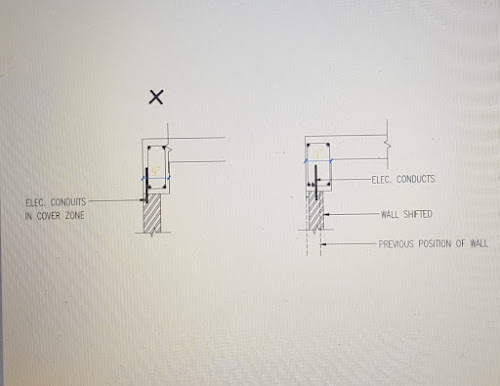What is GGBS??
GGBS (ground granulated blast furnace slag).
What is the advantage of using GGBS as replacement of cement in concrete?
From structural point of view, GGBS replacement enhances lower heat of hydration, higher durability and higher resistance to sulphate and chloride attack when compared with normal ordinary concrete. On the other hand, it also contributes to environmental protection because it minimizes the use of cement during the production of concrete.
However, it is identified that there are still some hindrances that prevent the prevalence of its usage in local market. Technically speaking, GGBS concrete suffers from lower rate of strength development which is highly sensitive to curing conditions. In this connection, certain site measures have to be introduced to the construction industry to ensure better quality of curing process in order to secure high quality of GGBS concrete. On the other hand, designers have to be cautious of the potential bleeding problem of GGBS concrete.
Another major hurdle of extensive use of GGBS concrete lies in the little source of supply of GGBS. As Hong Kong is not a major producer of steel,GGBS as a by-product of steel has to be imported overseas and this introduces higher material cost due to transportation and the supply of GGBS is unstable and unsteady.
Which of the following cement replacement material is better, PFA or GGBS?
(i) Similarities
Both GGBS and PFA are by-products of industry and the use of them is environmentally friendly. Most importantly, with GBS and PFA adopted as partial replacement of cement, the demand for cement will be drastically reduced. As the manufacture of one tonne of cement generates about 1 tonne of carbon dioxide, the environment could be conserved by using less
cement through partial replacement of PFA and GGBS.
On the other hand, the use of GGBS and PFA as partial replacement of cement enhances the long-term durability of concrete in terms of resistance to chloride attack, sulphate attack and alkali-silica reaction. It follows that the structure would remain to be serviceable for longer period, leading to substantial cost saving. Apart from the consideration of long-term durability, the use of PFA and GGBS results in the reduction of heat of hydration so that the problem of thermal cracking is greatly reduced. The enhanced control of thermal movement also contributes to better and long-term performance of concrete.
In terms of the development of strength, PFA and GGBS shared the common observation of lower initial strength development and higher final concrete strength. Hence, designers have to take into account the potential demerit of lower strength development and may make use of the merit of higher final concrete strength in design.
(ii) Differences Between GGBS and PFA
The use of GGBS as replacement of cement enhances smaller reliance on PFA. In particular, GGBS is considered to be more compatible with renewable energy source objectives.
The replacement level of GGBS can be as high as 70% of cement, which is about twice as much of PFA (typically replacement level is 40%). Hence, partial replacement of GGBS can enable higher reduction of cement content. As the manufacture of one tonne of cement generates about 1 tonne of carbon dioxide and it is considered more environmentally friendly
to adopt GGBS owing to its potential higher level of cement replacement.
The performance of bleeding for GGBS and PFA varies. With PFA, bleeding is found to decrease owing to increased volume of fines. However, the amount of bleeding of GGBS is found to increase when compared with OPC concrete in the long term. On the other hand, drying shrinkage is higher for GGBS concrete while it is lower for PFA concrete. In terms of cost consideration, the current market price of GGBS is similar to that of PFA. As the potential replacement of GGBS is much higher than PFA, substantial cost savings can be made by using GGBS.

Best way GGBS For reducing heat of concrete
ReplyDelete